
The following article by Charles Hartley originally appeared in The Courier-Journal on 6 Apr 2014. It is archived here with additional information for your reading enjoyment.
For many of us trains hold a fascination, for others they are mainly a frustration when they block our roads; but a century and a half ago the construction of railroads was the future and a spur for economic growth in communities along its path.
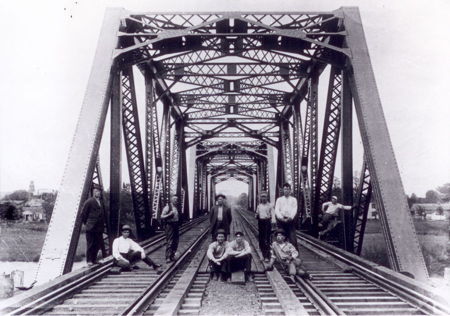
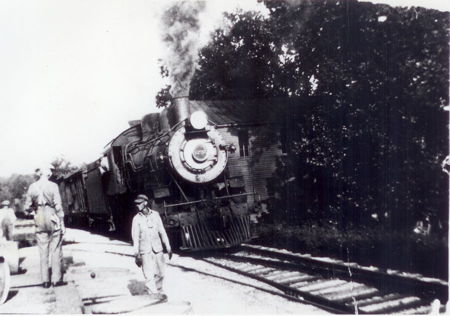
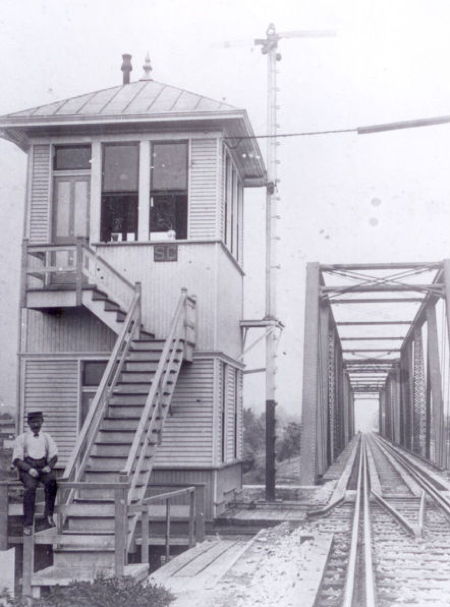
In March 1850 the Louisville and Nashville Railroad Company was granted a charter by the state to construct and operate a line between Louisville and the Tennessee line. The optimistic hope was that the line would be finished in five years, but but first they had to choose a route.
The main obstacle facing them was Muldraugh's Hill. After several surveys were done, the railroad decided that either of two routes would be acceptable. One would pass through Elizabethtown and Bowling Green; the other through Bardstown and Glasgow. The decision would be made based on which communities along the way were most willing to raise funds to purchase stock options in the company.
While Bardstown had been an early advocate for a railroad, according to Kincaid A. Herr in his book, The Louisville & Nashville Railroad 1850-1963, two of its leading citizens, Isaac Stone and Ben Hardin were strongly opposed to the bond issue to raise the necessary funds, and it was narrowly defeated. Stone was a prominent farmer living near Bloomfield, and Hardin was a Bardstown lawyer and former Kentucky Secretary of State.
Meanwhile, Governor John L. Helm, a native of Elizabethtown and an advocate for the railroad's construction, successfully promoted that city's participation, and the Elizabethtown route was selected.
Helm, who was Ben Hardin's son-in-law, later became president of the railroad in October 1854.
For various reasons, most having to do with a difficulty raising funds, the construction moved by fits and starts. However by June 1856, a mixed freight and passenger train was making a roundtrip each day between Louisville and Lebanon Junction where a branch was being constructed toward Lebanon.
Meanwhile, the people of Bardstown had changed their minds and voted a bond issue to construct a railroad to connect with the L. & N. at what would become Bardstown Junction. It was completed in March 1860.
The first train reached Elizabethtown in June 1858, overcoming the Muldraugh's Hill barrier. Then the line was finished to Nashville with the inaugural train making the trip on October 27, 1859.
With the route passing through Shepherdsville, Bullitt County's seat of government prospered as a railroad town, although for a time Lebanon Junction grew even faster.
But while I read about the railroad's beginnings in Kincaid Herr's book, I couldn't help but wonder, what if Bardstown had outbid Elizabethtown for the train's route?
If the train had gone through Bardstown then logic indicates that Mt. Washington rather than Shepherdsville would have been along its route. Then the branch to Lebanon might have begun either at Bardstown or perhaps Hodgenville. Lebanon Junction would certainly be named something else, if a community had developed there at all.
Speculating even further, we know that just prior to World War II, when Fort Knox was expanding and taking in even more Bullitt County land, there was talk about maybe dividing up what was left of the county and adding it to neighboring counties. Had the railroad taken the Mt. Washington-Bardstown route, Shepherdsville's growth would likely have slowed, and Lebanon Junction might not have existed at all, making it even more likely that the county might have disappeared forever.
While all of this is speculation, it is interesting to wonder how much of it might have happened, and how much the history of Bullitt County might have changed.
Speculation aside, for more than a half century the railroad was important to both Shepherdsville and Lebanon Junction, providing their link to Louisville by transporting both people and freight. Even today, a few companies still depend on the railroad to a lesser extent.
So the next time you get stuck at a railroad crossing, instead of marveling at all the graffiti painted on the boxcars, think back to a time when it would be passengers staring back at you.
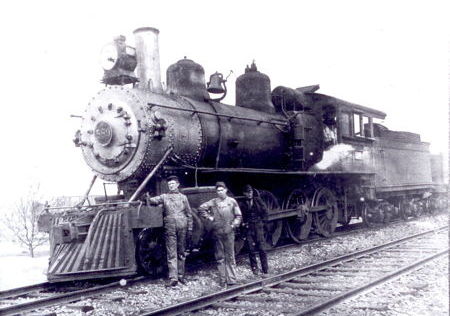
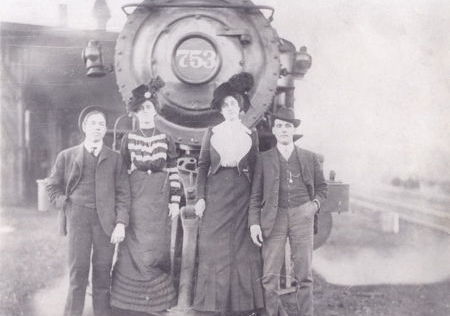
Copyright 2014 by Charles Hartley, Shepherdsville KY. All rights are reserved. No part of the content of this page may be included in any format in any place without the written permission of the copyright holder.
The Bullitt County History Museum, a service of the Bullitt County Genealogical Society, is located in the county courthouse at 300 South Buckman Street (Highway 61) in Shepherdsville, Kentucky. The museum, along with its research room, is open 10 a.m. to 4 p.m. Monday through Friday. Saturday appointments are available by calling 502-921-0161 during our regular weekday hours. Admission is free. The museum, as part of the Bullitt County Genealogical Society, is a 501(c)3 tax exempt organization and is classified as a 509(a)2 public charity. Contributions and bequests are deductible under section 2055, 2106, or 2522 of the Internal Revenue Code. Page last modified: 12 Sep 2024 . Page URL: bullittcountyhistory.org/memories/rrstory.html